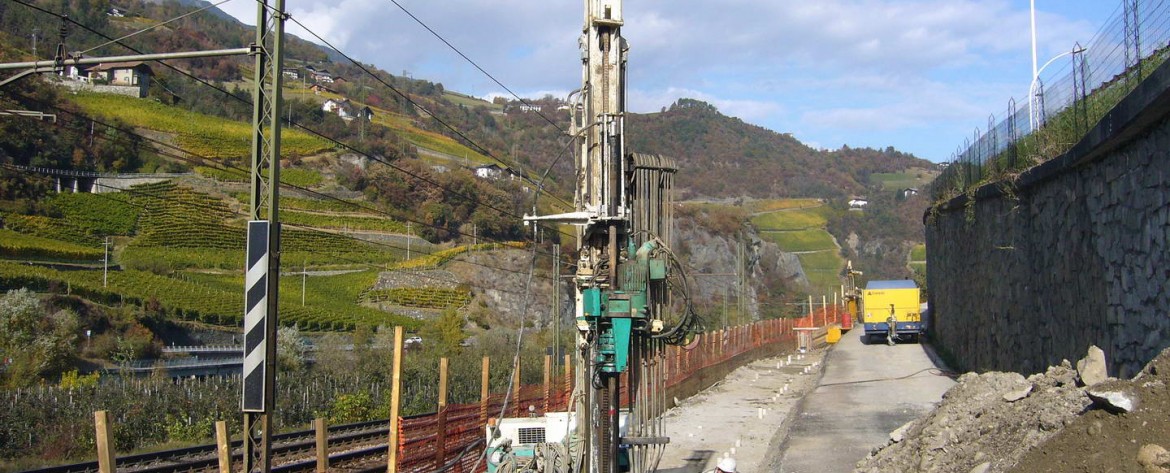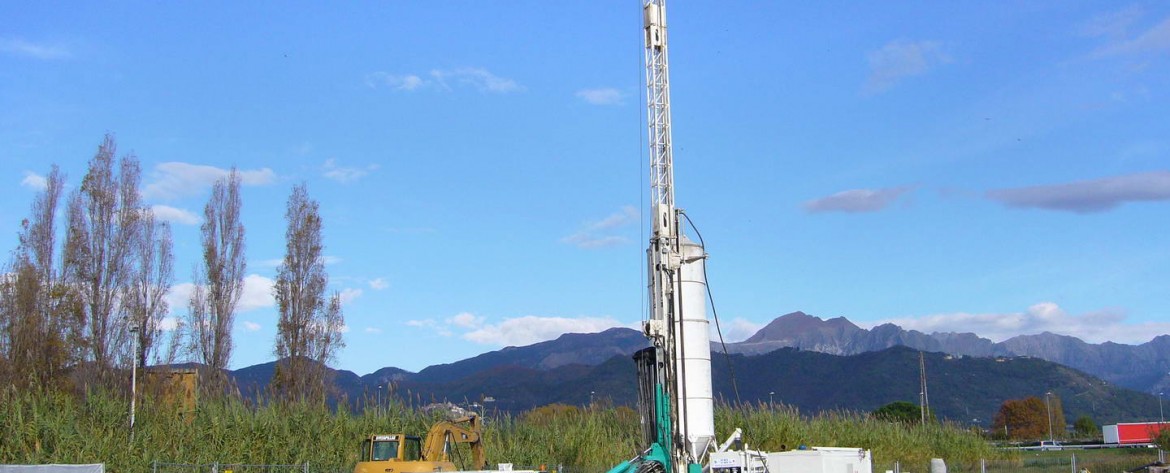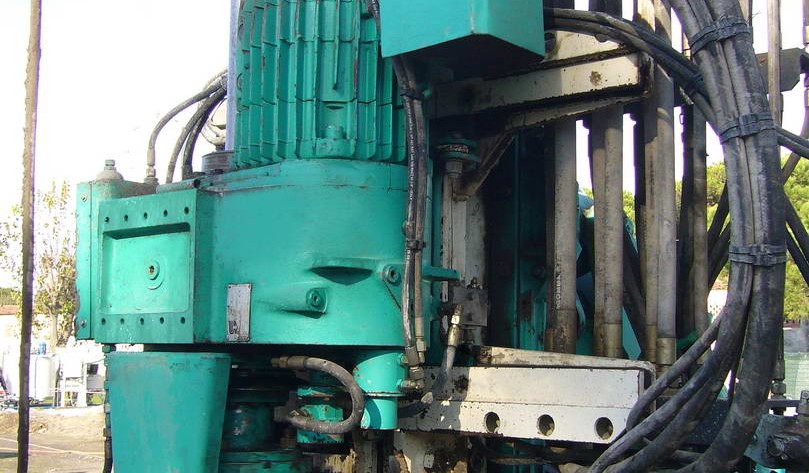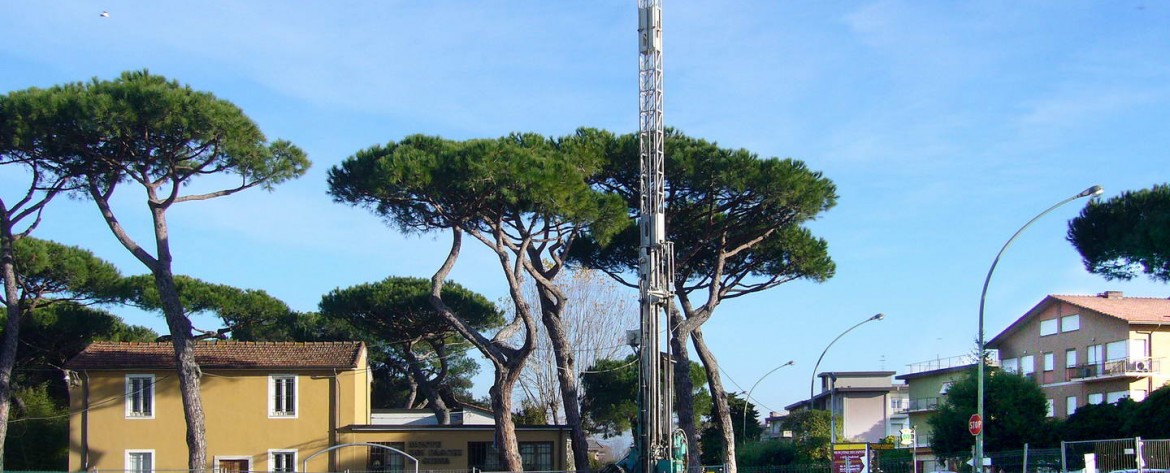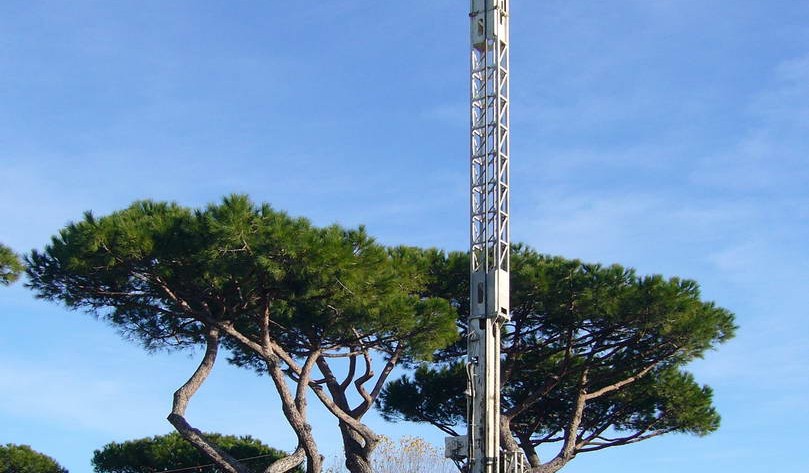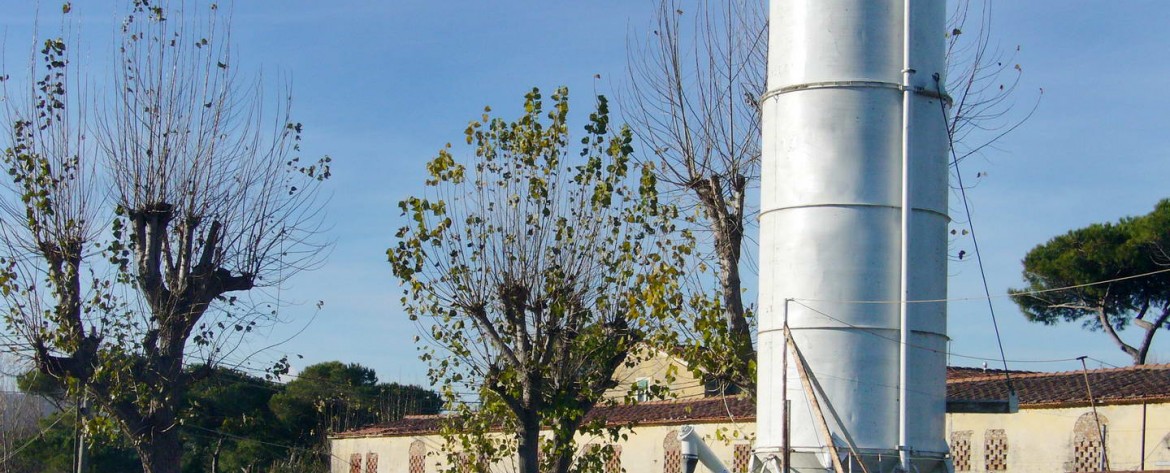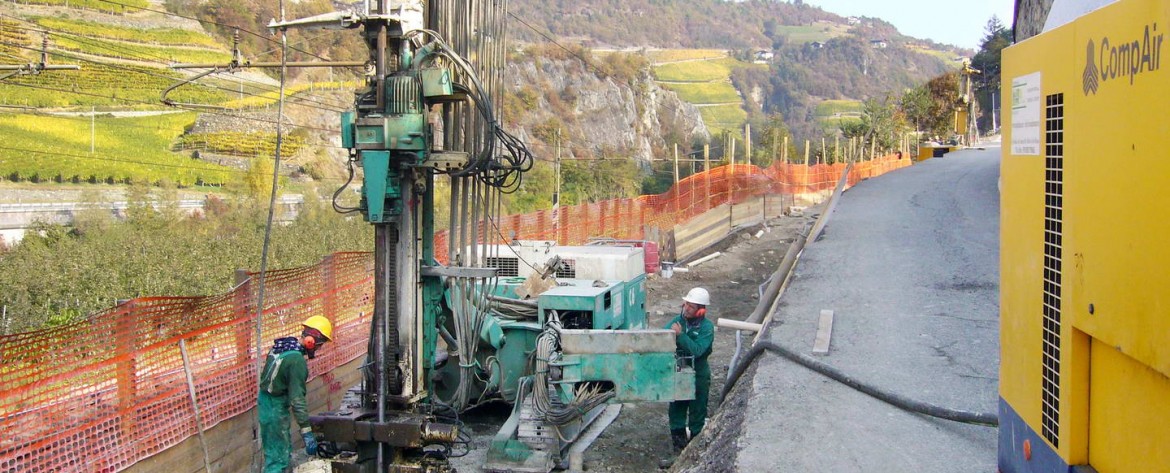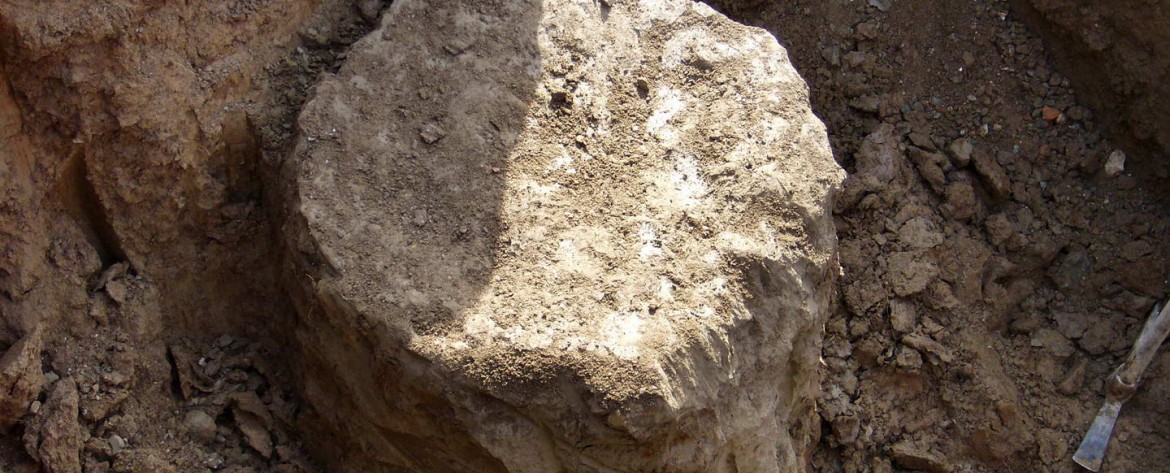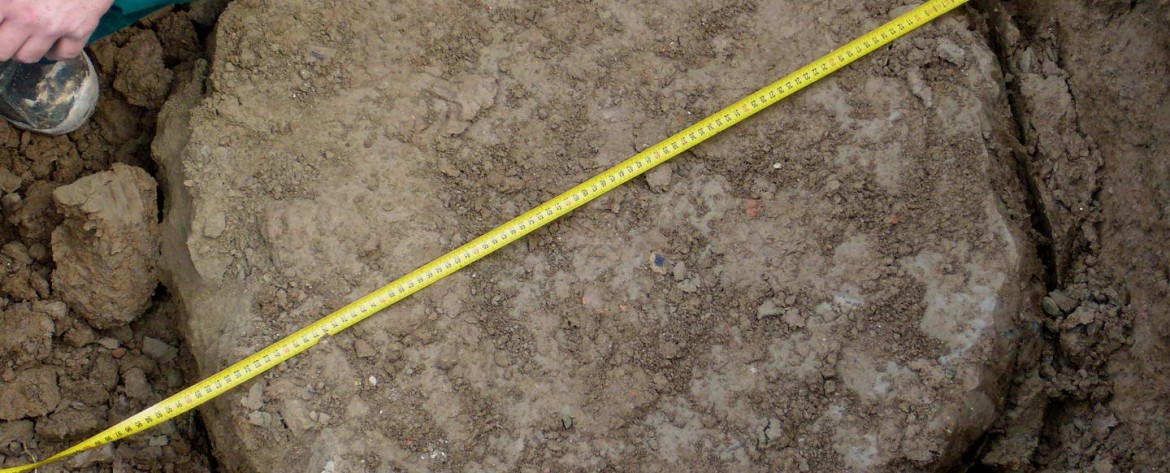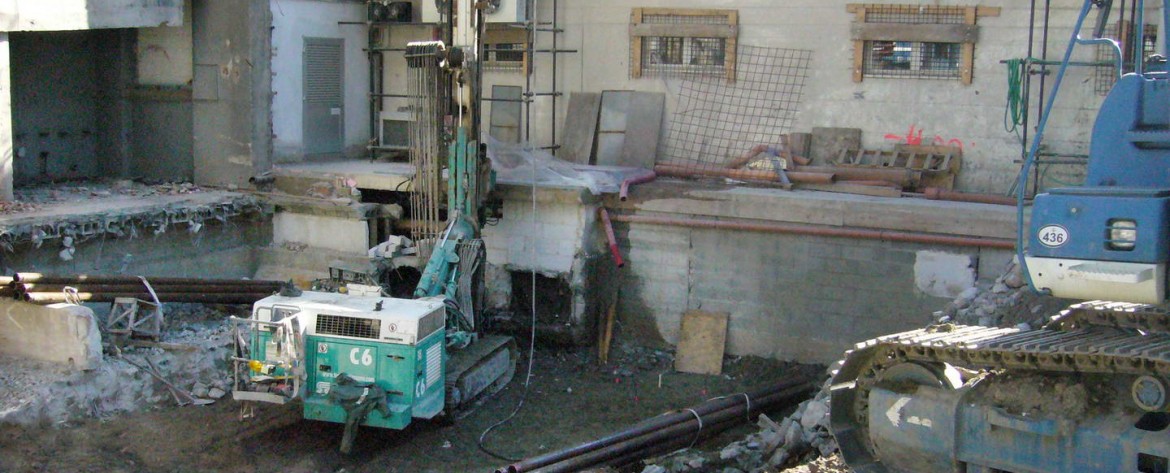Jet Grouting
Jet Grouting is a ground consolidation technique which improves the mechanical characteristics of resistance and permeability of the soil. It consists of injecting soil mixed with cement into the soil strata at a very high pressure (up to 600 bar) by means of jet grout pipes placed laterally at the base of the rod drilled into the ground. Drilling is performed using rotary techniques and an external water flush and once it has been completed to design depth, the jet rod is withdrawn as it rotates and injects the grout slurry at a suitable speed in respect of the mechanical characteristics of the soil and the diameter of the required consolidated soil column. This technique is used both in large, open-air construction sites and in access-restricted areas with low headroom such as basements and underground locations, using very light equipment.
Jet Grouting can be carried out using three different methods depending on the soil type to be treated and the diameter of the consolidated soil columns to be obtained:
- Single fluid jet grouting – With this method the injected neat cement grout is used both to break up the soil matrix and to create the jet grouted column. Columns of up to 1000 mm in diameter can be obtained using this method.
- Double fluid jet grouting – Compared to the previous method a coaxial air-jet supply line is added around the high pressure injection of the grout slurry. The breakup of the soil is again assigned to the stabilizing grout jet, which in this case is aided and guided by a cone of c. 8-12 bar compressed air, which increases its penetration. Columns with diameters of up to 1500 can be obtained using this method.
- Triple fluid jet grouting – with the triple fluid method disaggregation is determined by a jet of water (c. 400 bar) aided by a cone of c. 5 bar compressed air, which causes the breakup and evacuation of soil by a completely separate process and not injection. Subsequent jet injections replace the soil with the cement grout. Columns with diameters of up to 2000 mm can be obtained using this method.

